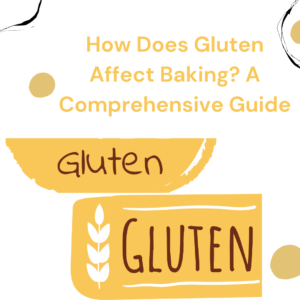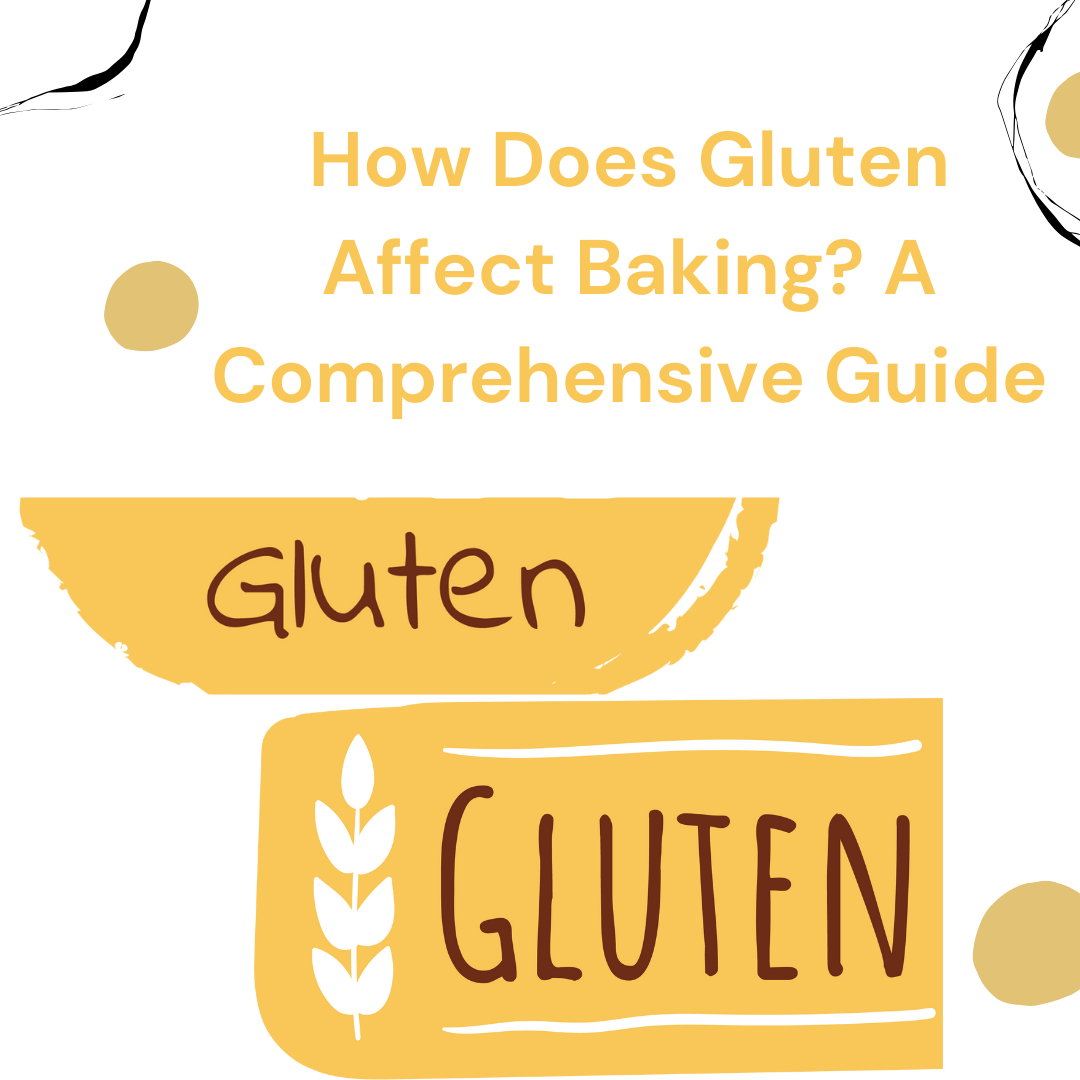
How Does Gluten Affect Baking? A Comprehensive Guide
Read more: How Does Gluten Affect Baking? A Comprehensive GuideIntroduction
Gluten is a protein found in wheat, barley, and rye. It is responsible for the structure and texture of many baked goods. When gluten is mixed with water, it forms a network of proteins that traps gas bubbles. These gas bubbles expand when heated, causing the baked good to rise.
Gluten also affects the chewiness and elasticity of baked goods. High-gluten flours, such as bread flour, produce baked goods with a chewier texture. Low-gluten flours, such as cake flour, produce baked goods with a more tender texture.
How gluten affects different baked goods
Here is a look at how gluten affects different baked goods:
- Bread: Gluten is essential for making bread. It gives bread its structure and chewiness. Without gluten, bread would be flat and dense.
- Cakes: Gluten is less important in cakes than in bread. Cakes made with low-gluten flours, such as cake flour, will be more tender. However, some gluten is still needed to give cakes structure.
- Cookies: Cookies do not need much gluten to hold their shape. In fact, too much gluten can make cookies tough. Cookies made with low-gluten flours, such as cake flour or all-purpose flour, will be more tender.
- Pastries: Pastries, such as croissants and puff pastry, require gluten to create their flaky texture. Without gluten, pastries would be dense and chewy.
Gluten-free baking
Some people cannot eat gluten due to celiac disease or gluten intolerance. Gluten-free baking is possible, but it requires using alternative flours, such as almond flour, rice flour, or tapioca flour. Gluten-free baked goods typically have a different texture and flavor than baked goods made with wheat flour.
Tips for baking with gluten
Here are a few tips for baking with gluten:
- Use the right type of flour for the recipe. Different baked goods require different flours. For example, bread flour is typically used for bread, while cake flour is typically used for cakes.
- Don’t overmix the dough. Overmixing can develop the gluten in the flour, which can make the baked good tough.
- Let the dough rise in a warm place. Yeast needs warmth to ferment. If the dough is too cold, it will not rise properly.
- Bake the baked good at the correct temperature. Overbaking can make the baked good tough.
Conclusion
Gluten is an important ingredient in many baked goods. It gives baked goods their structure, chewiness, and elasticity. By understanding how gluten works, you can choose the right type of flour for your recipes and bake delicious baked goods every time.
Additional resources for baking recipes
Here are a few additional resources for baking recipes:
- The Pioneer Woman: https://thepioneerwoman.com/
- Sally’s Baking Addiction: https://sallysbakingaddiction.com/
- Gimmie Some Oven: https://gimmesomeoven.com/
- Allrecipes: https://www.allrecipes.com/
- Food Network: https://www.foodnetwork.com/
What is your favorite baked good that uses gluten? Share it in the comments below!
Additional information
Here are some additional facts about gluten:
- Gluten is a plant protein. It is found in the endosperm of wheat, barley, and rye.
- Gluten is made up of two proteins: glutenin and gliadin. Glutenin gives gluten its elasticity, while gliadin gives gluten its stickiness.
- When gluten is mixed with water, the glutenin and gliadin proteins form a network. This network traps gas bubbles and gives baked goods their structure.
- Gluten is not harmful to most people. However, people with celiac disease or gluten intolerance cannot eat gluten.
Celiac disease
Celiac disease is an autoimmune disorder that is triggered by gluten. When people with celiac disease eat gluten, their immune system attacks the lining of their small intestine. This damage can lead to a variety of symptoms, including diarrhea, abdominal pain, and weight loss.
Gluten intolerance
Gluten intolerance is a condition that causes people to experience symptoms, such as bloating, gas, and diarrhea, after eating gluten.
